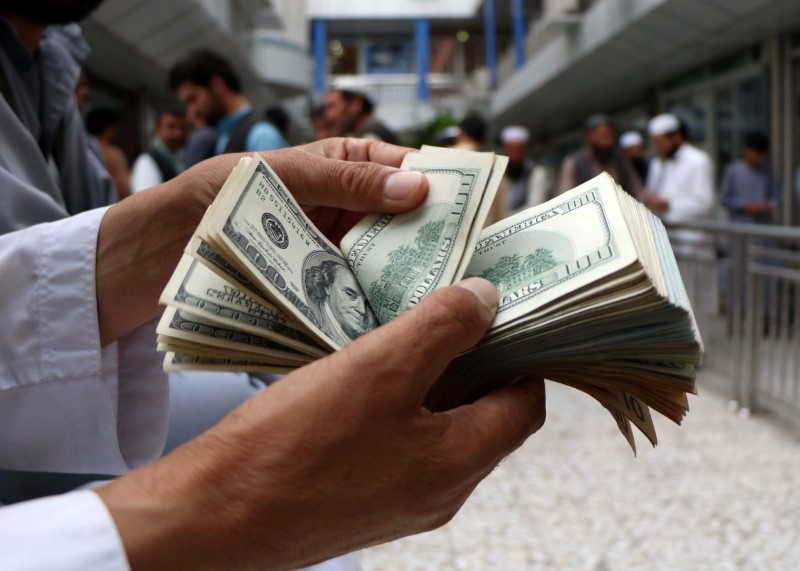 © Reuters.
© Reuters. By Gina Lee
Investing.com – The dollar was down, but remained below a two-month high, on Tuesday morning in Asia. Investors now await U.S. employment data that could determine when the U.S. Federal Reserve will withdraw its stimulus measures.
The that tracks the greenback against a basket of other currencies inched up 0.08% to 91.948 by 12:54 AM ET (4:54 AM GMT).
The pair inched down 0.05% to 110.56.
The pair edged down 0.19% to 0.7553 while the pair inched up 0.08% to 0.7029.
The pair inched up 0.08% to 6.4604 while the pair inched down 0.12% to 1.3866.
However, the dollar continued its retreat from the high of 92.408 seen on Jun. 18, the week when the Fed surprised investors with the unexpected hawkish tone in its . Fed officials have since focused on whether upcoming data will merit asset tapering and interest rate hikes, with Fed Chairman Jerome Powell saying during the previous week that decisions would not be based just the “fear” of inflation and will encourage a “broad and inclusive” job market recovery.
Investors now await the U.S. job report, including , for June, due on Friday. The U.S. will also release its index later in the day and the on Thursday.
The safe-haven dollar and yen benefited from increasing demand as the Delta variant of COVID-19 continues to spread in Asia and elsewhere. In Europe, the euro was at $1.19210, in a move back to the two-and-a-half-month low of $1.8470 hit on Jun. 18.
“The market had been positioned long of the euro on optimism regarding the vaccine catch-up trade in the region but forecasts that the Delta variant of COVID-19 could spread through Europe in the summer months could now be undermining confidence in this trade,” Rabobank strategist Jane Foley said in a report, which also cut a one-month euro forecast from $1.2 to $1.19.
“Assuming the U.S. data remains broadly supportive, we expect the dollar to grind moderately higher against the euro through the course of the year,” the report added.
The riskier Australian dollar was mostly unchanged, after falling 0.3% at the beginning of the week, even as the cities of Sydney, Perth, Darwin and Brisbane re-entered to curb the latest spread of COVID-19 in the country.
Across the Tasman Sea, the New Zealand dollar also steadied as delivered a speech.
“We expect the RBNZ to start tightening monetary policy more than one year before the Fed, which is a tailwind for the NZD… the RBNZ is the most hawkish central bank under our coverage,” CBA analyst Kim Mundy said in a note.
Fusion Media or anyone involved with Fusion Media will not accept any liability for loss or damage as a result of reliance on the information including data, quotes, charts and buy/sell signals contained within this website. Please be fully informed regarding the risks and costs associated with trading the financial markets, it is one of the riskiest investment forms possible.

